
101 Amazing Facts about Avril Lavigne
¥19.52
Are you the world's biggest Avril Lavigne fan? Or do you want to know everything there is to know about the Canadian singer and fashion icon?If so, then this is the book for you! Contained within are 101 amazing facts about everything, from how Avril got started in the music business to her love life, awards she has won plus many more. The book is easily organised into sections so you can find the information you want fast and is perfect for all ages!
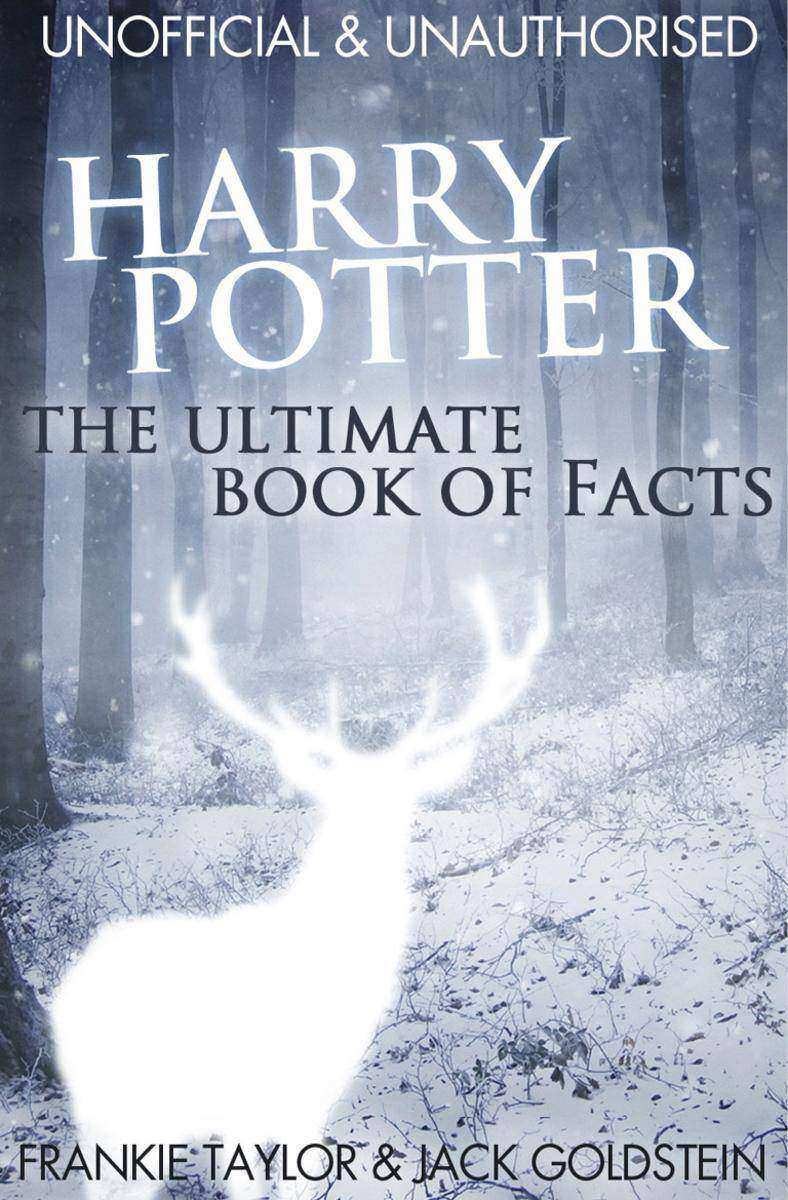
Harry Potter - The Ultimate Book of Facts
¥34.24
Are you a huge fan of Harry Potter? You have probably read every book and seen every film many times over. But how much do you really know? This excellent book has more than two hundred facts that will surprise and amaze you in equal measure. Sections include:- Harry Potter and Daniel Radcliffe- Quidditch- Hermione Granger and Emma Watson- The Ministry of Magic- The Triwizard Tournament- Hogwarts- And many moreIf you love Harry Potter and want to expand your knowledge of the series, this is the perfect way to do it - you can even use these fantastic facts to make the ultimate quiz for your friends!

A-Z of Atari 2600 Games
¥19.52
The A-Z of Atari 2600 Games: Volume 1 features reviews of three different games for each letter of the alphabet. The games range from the very earliest releases in the 70s to the modern homebrew games of today. This book shows you just how diverse the library of titles is for the Atari 2600 and how it became one of the best-selling consoles of all time.

100+ Fun Ideas for Art Activities
¥102.91
Unleash your students' imaginations with this wonderful collection of tried and tested art activities that are easy to prepare, but children will love. The activities introduce a wide range of art skills and media and are suitable for use in the classroom, at home or in children's clubs. Activities range from designing a bank note and painting glass jars to printing on fabric and creating 3D robots.
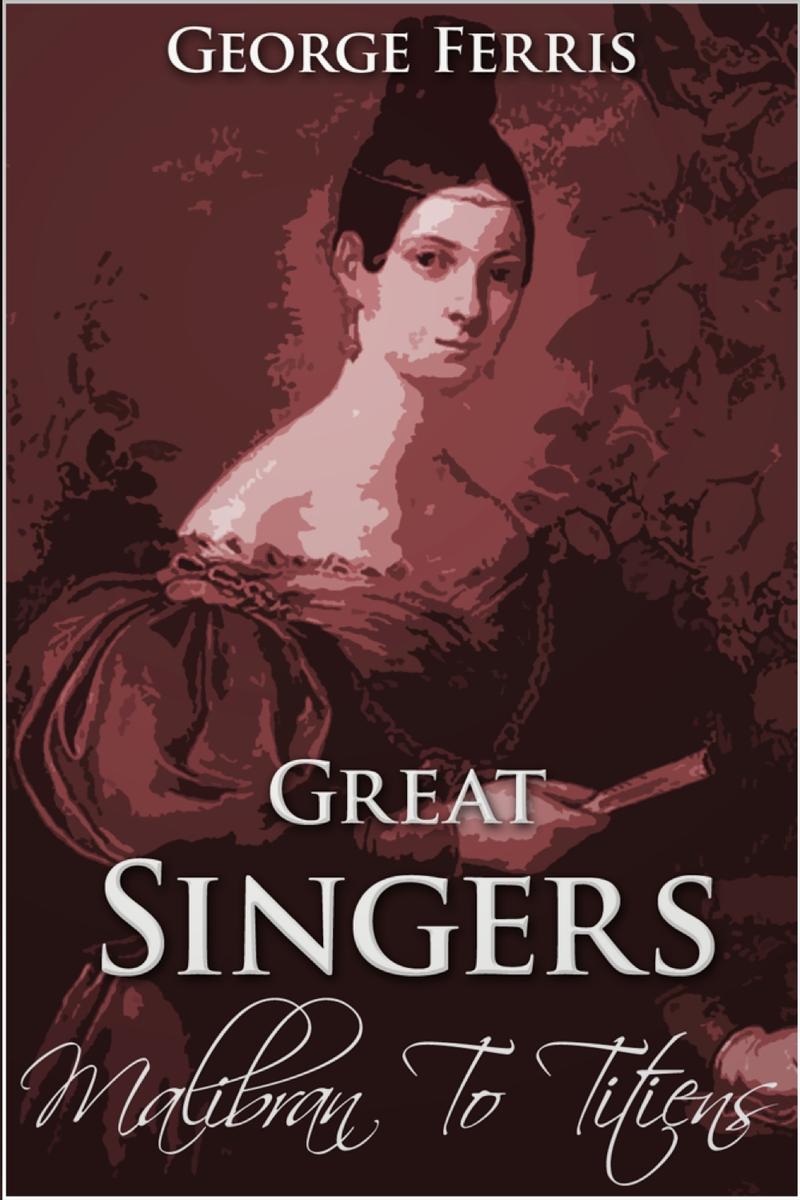
Great Singers
¥19.52
A fantastic look at the life of nine historical singers: Maria Felicia Malibran Wilhemina Schroder-Devrient Giulia Grisi Pauline Viardot Fanny Persiani Marietta Alboni Jenny Lind Sophie Cruvelli Theresa Titiens
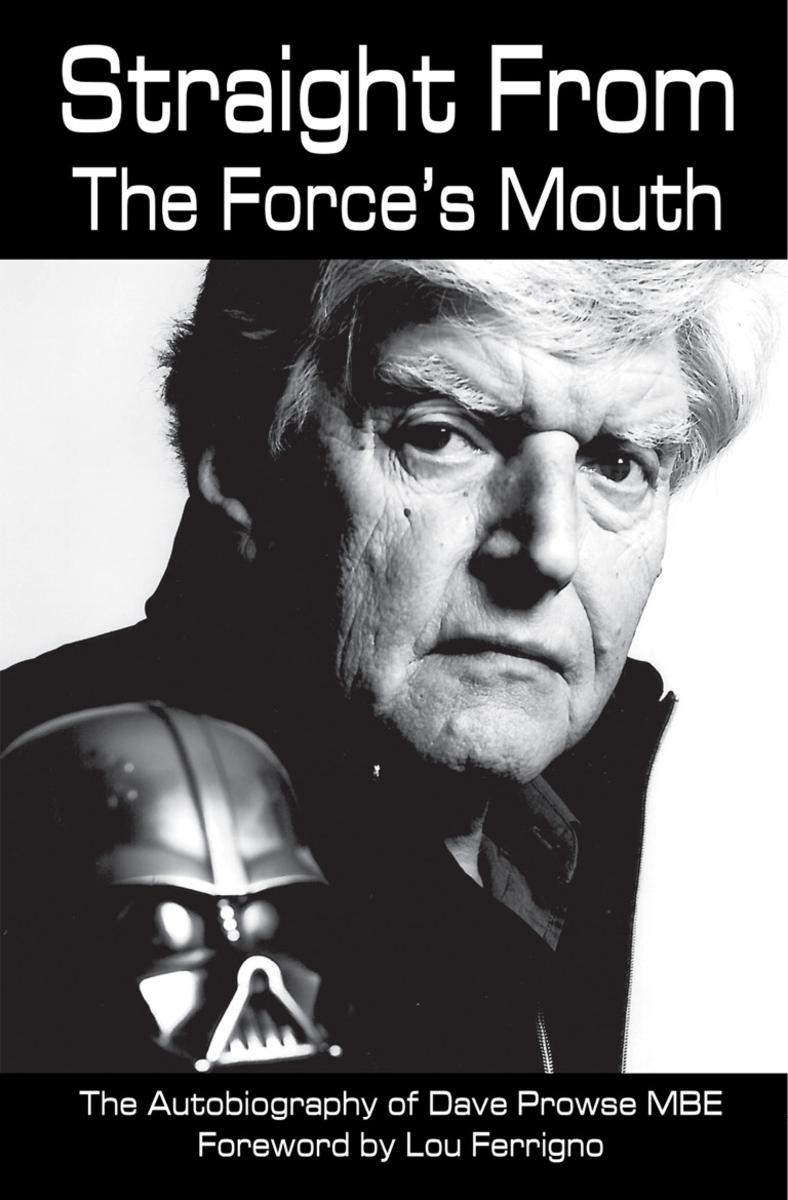
Straight From The Force's Mouth
¥88.19
Everyone has heard of Darth Vader, the infamous Star Wars villain we all love to fear, created by George Lucas and brought to life by Dave Prowse MBE, but people may not be so familiar with the story of the multi-talented man behind the mask. It required someone exceptional to turn a helmeted costume into the principal character in the highest grossing film series in cinema history - that someone was Dave Prowse. The towering, physical presence of the 6ft 7"e; bodybuilder was ideally suited to personify the intimidating Darth Vader. Straight from the Force's Mouth takes us behind the scenes of Star Wars and documents how this extraordinary man took on the role of the menacing central character to creating one of the most iconic villains in cinema history. In this book of memoirs, Dave shares his journey from disadvantaged child and poor student to champion weightlifter and international film star. The Dave Prowse story is one of determination and hard work and in this honest account he explains how he overcame the many setbacks in his life to achieve success and global recognition. This book is a must have for Star Wars fans of all ages and will appeal to anyone who enjoys a truly inspirational and motivating real life story.

Autobiography of Liza Goddard
¥78.38
Liza Goddard is one of the country's best loved and hardest working actresses, but few people know the real woman behind the 'dizzy blonde' image. In this much-anticipated autobiography, Liza talks about her work, her loves and the real-life dramas that have shaped her as a woman and an actress. The book charts her early life in England and follows her to Australia, where her beloved father played a key role in helping to set up the country's fledgling television industry. As a young actress, Liza was cast in the long-running children's drama series, Skippy the Bush Kangaroo. She later returned to England, where she appeared in a host of classic TV series, including Pig In The Middle, The Brothers, Bergerac, Dr Who and Midsomer Murders. Liza talks about her working relationship with Alan Ayckbourn and explains how a planned move to America failed to materialise. Find out how Liza got together with her first husband, actor Colin Baker on the set of The Brothers, why her marriage to '70s rocker Alvin Stardust failed and how she eventually found true love with producer David Cobham. Liza also reveals the truth about her alleged affair with Bergerac star John Nettles, and reveals how she successfully sued a tabloid newspaper over the allegations. She describes her courageous battle against breast cancer and reveals how beating the disease has given her a new perspective on life. Liza explains why animals continue to play an important part in her life and recounts some hilarious stories about the assortment of creatures that have featured in her life. A warts and all account from one of Britain's most popular actresses, Working With Children And Animals will have you laughing and crying in equal measure.

Living With Body Dysmorphic Disorder
¥73.48
Lea Walker first caught the public eye when she appeared on Channel 4's Big Brother programme in 2006. Her outgoing personality, surgery enhanced figure and outspoken manner kept audiences glued to their screens but behind the smiles she was hiding a long history of eating disorders, abusive relationships and unhappiness. As well as trying to come to terms with a history of violence, a failed marriage and life as a single parent, Lea has faced a continuous battle with her distorted body image. It is only recently, that she has managed to emerge triumphant from the trauma of the past and find the inner strength to finally lay her demons to rest. Living with BDD is more than a biography. It is a touching and honest account of one woman's struggle to come to terms with the crushing low self esteem and dysfunctional body image that have dominated her life. By telling her story, Lea hopes that she may be able to help others to face up to their own personal nightmares. She is living proof that there is no problem so great that it cannot be overcome.

Mercury Man
¥53.86
On 24 November 1991 people all over the world mourned the untimely death of Freddie Mercury, lead singer of rock band Queen. But for the author, Mary Howis, her life would never be the same, as, from that day forward, she was aware of a strange presence around her; someone from the spirit world - the spirit that once was Freddie Mercury, known in the spirit world as 'the Mercury Man'. Mary had been chosen for a special mission - to be an instrument for the spirit world, for Freddie, through which they could communicate. But why her? Why someone who, until the news reports of Freddie Mercury's death, had never even heard of him? Mary tells the story of her spiritual journey of discovery from disbelief, self-doubt and denial to an absolute conviction that what she was experiencing was real, the messages she was receiving were true, and they were proof that life continues after death; that Freddie was still alive, in spirit form, and had much knowledge to impart to the world. Despite the ridicule she might face, Mary knew that she was destined to write this book, to tell her story - Freddie's story - to the world, in the hope that it would bring comfort and hope to those who are suffering in their earthly bodies, who are grieving for loved ones, who are fearful of death. The message is clear: death is not the end, it is a new and exciting beginning.

Pointless Conversations
¥19.52
Pointless conversations: a selection of daft, ridiculous and utterly pointless meanderings from the mind of Scott Tierney. If you've ever wanted to know the answers to why Superman is a coward; why Spiderman should technically be deformed; and if Superdog caused the death of Krypton, then these bite-sized comics will reveal all. The discussions may be insane, and most of what is said is rambling, but despite this, you may find yourself agreeing with most of what is said. It's a fair point: where does Spiderman store all that web?

What is a Wommett?
¥73.48
Mick Abrahams first rose to fame as a guitarist during the 1960s and was a founder member of Jethro Tull, although his time with the band was to prove short lived owing to the vividly contrasting musical styles of himself and Ian Anderson. In his autobiography What is a Wommett Mick finally puts the record straight about this parting of the ways and the events that have shaped the man and his music since that time up to the present day. Perhaps best known for his time with Blodwyn Pig, the band he formed after leaving Tull, Abrahams has continued to delight fans with his own brand of blues, jazz and rock on highly acclaimed albums spanning several decades. With a fitting foreword by radio presenter and champion of great music, Bob Harris, this autobiography provides a fascinating insight into the character of an upbeat man who hasn't allowed anything to keep him down for long. Packed with anecdotes and stories about Mick's life in and out of the spotlight, this book is a must have for his fans and anyone who remembers the excitement of the emerging new musical talent of the sixties.
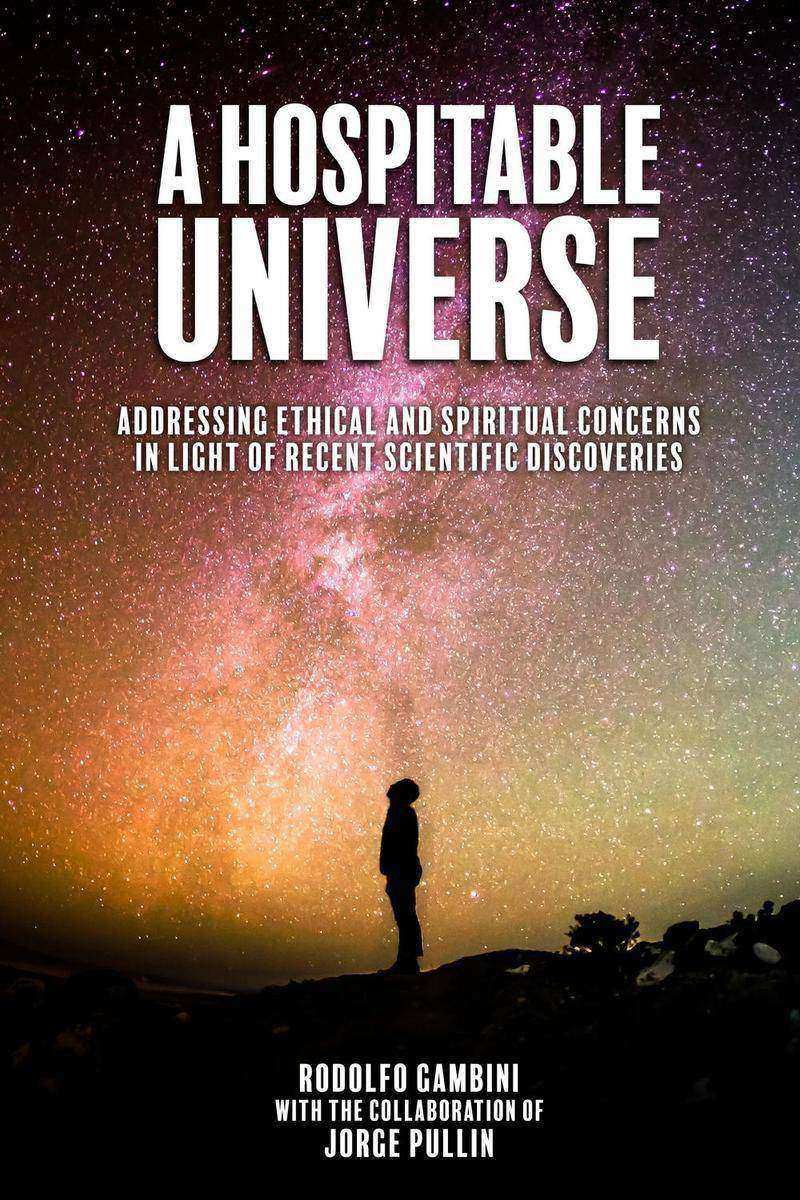
Hospitable Universe
¥147.05
This book argues that new developments in the sciences, in particular twentieth-century physics and twenty-first-century biology, suggest revising several pessimistic outlooks for the development of a scientific understanding of the relationship of humans with the universe - in particular, implications for the development of a natural religiousness. In the new vision a universe which is friendly to life and consciousness naturally emerges.

Ashley & Cheryl Cole
¥14.62
Ashley & Cheryl Cole - Where Did It All Go Wrong? is a quick-read biography, focusing on Cheryl and Ashley's relationship, marriage and divorce. It looks at the parallels in their careers, the ups and downs, and investigates Ashley's alleged cheating with numerous women. Ultimately it asks the question 'Where Did It All Go Wrong' - could anything have been done to prevent the break-up, or was the marriage doomed from the beginning.
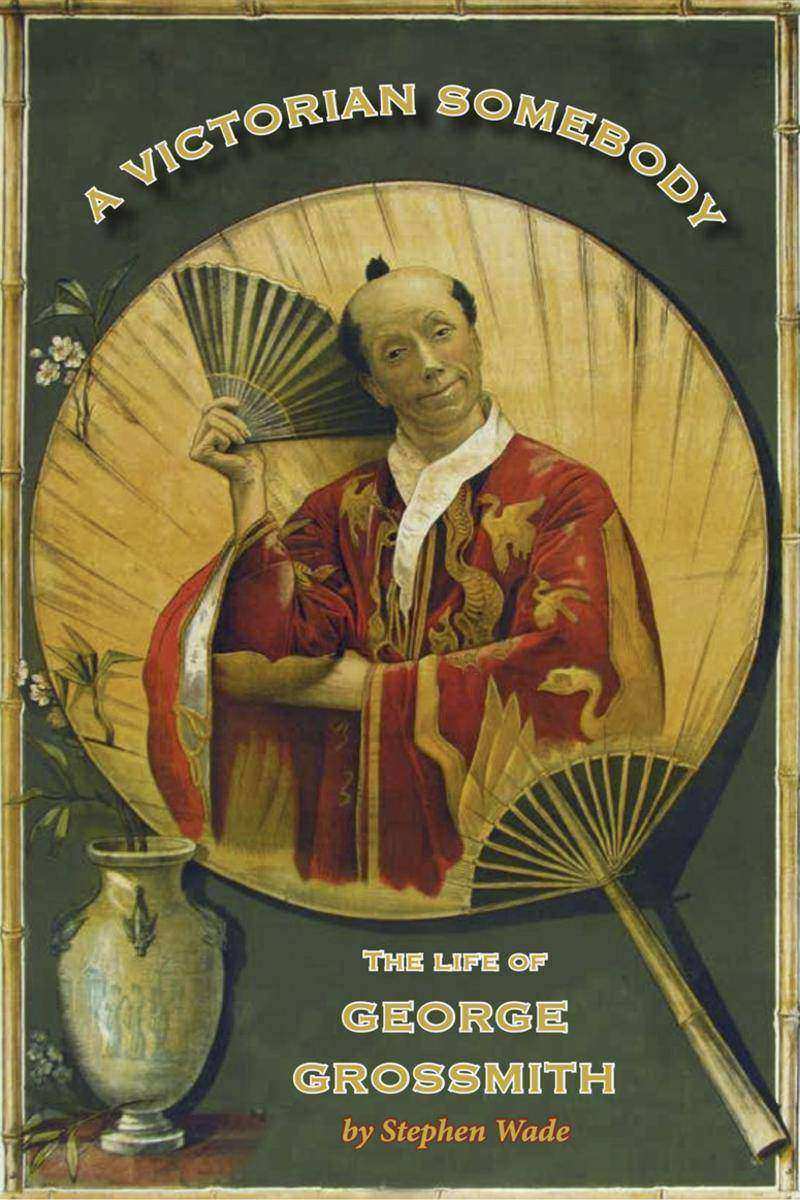
Victorian Somebody
¥58.76
In the 1880s, George Grossmith was the dazzling comic star of Gilbert and Sullivan's immensely popular Savoy operas. London theatregoers waited excitedly for the next production, knowing that George would be cast in the lead role of the 'patter man'. He was also many other things in his life, including Bow Street court reporter, piano entertainer for high society, and in the 1890s, with his brother Weedon, the author of the humorous classic work of fiction, The Diary of a Nobody, which has never been out of print and continues to inspire other writers.In this fascinating book, Stephen Wade tells the story of Grossmith's life, from Penny Reading entertainer to self-styled 'society clown.' A Victorian Somebody places him firmly in context, recalls the many friends and colleagues who worked with George, and puts him once again centre stage, exactly where he should be.
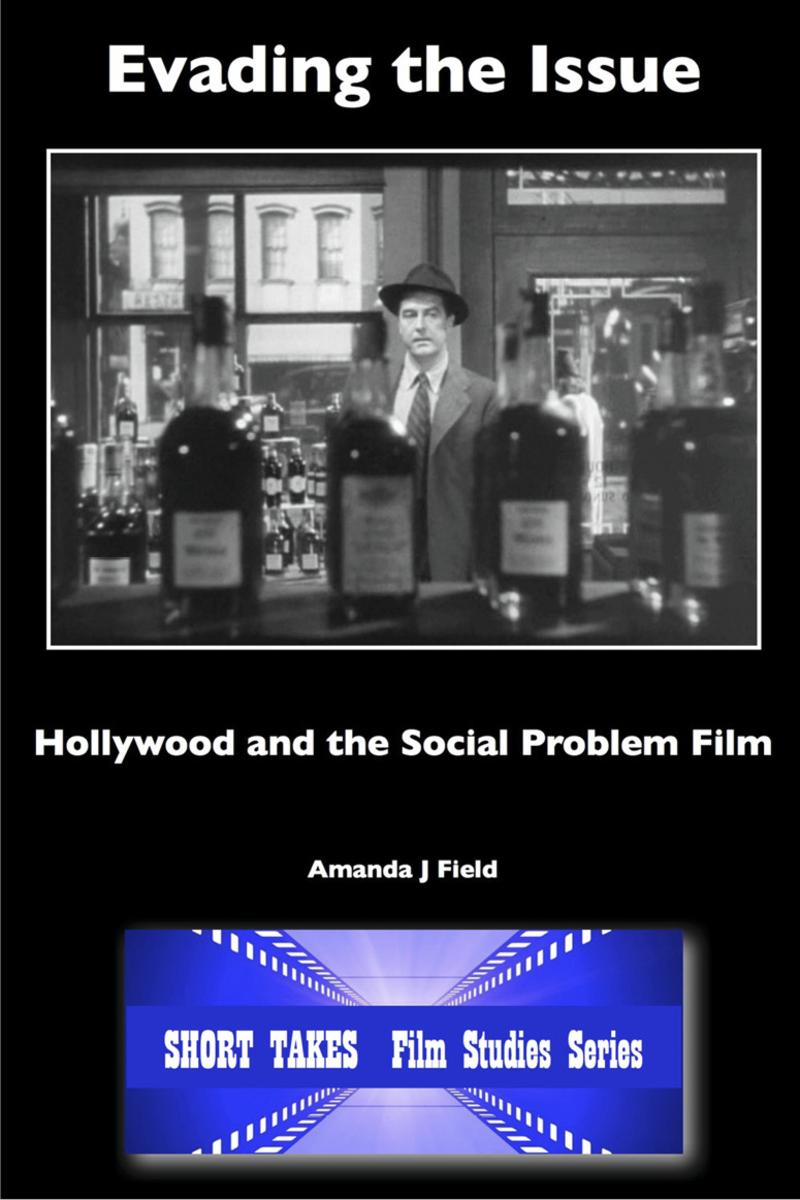
Evading the Issue
¥19.52
Tino Balio, in his book The American Film Industry, said that the Production Code meant that American films could not deal with political or social issues 'in an honest and truthful fashion'. This incisive essay tests out the legitimacy of Balio's claims, using The Lost Weekend (directed by Billy Wilder, 1945) as an example of the Hollywood 'problem film'. Rather than treating the film as being an entity with a single, unchanging meaning, it is put into its historical and social context, in particular the commercial context within which the studios were working. The commercial imperatives hardly sat well with the reality of a social problem such as alcoholism and this essay reminds us that the prime aim of the industry was to entertain: many of these 'problem films', therefore, were as honest and truthful within these confines as it was possible to be.

Jump Into Audition
¥29.33
Make it a YES! With so much competition, JUMP INTO AUDITION is the must-have guide for your audition. You only get one chance to make a FIRST IMPRESSION so let it count! FULFILL your POTENTIAL! Learn the art of preparing for auditions, tips on appropriate dress and etiquette and how to CONQUER your nerves. This book uncovers the true procedures and expectations behind auditions, so you will know exactly what to expect before you set foot on the stage. Quite simply, if you want to SUCCEED, make sure you don't attend another audition before reading this book. Including tips from choreographers, theatrical producers, singing coaches and seasoned audition professionals, JUMP INTO AUDITION will ensure you enter your audition fully prepared and ready to give the performance of your life. With sections dedicated to musicals, theatre, talent shows, dance companies and TV/film, specific advice is given for your individual type of audition, covering aspects of movement, microphone handling, supporting musical accompaniment, translation, choice of song and cold reading. There are also specific tips on breathing exercises and vocal warm-up techniques, designed to strengthen your voice and ensure a powerful delivery which will impress the judges.

Rihanna Quiz Book
¥24.43
Are you a Rihanna fan? Do you know the lyrics to all of her songs? Can you name her albums? From releasing her debut album at the age of 17 to becoming one of the best selling artists of all time, Rihanna is one of the biggest success stories in recent pop history. But how much do you really know about your favourite star? Find out in this fascinating quiz book. Where did Rihanna grow up? How did she get started in the music business? What was the name of the person who discovered her? The answers to all of these questions and more can be found in this book. Brim full of interesting facts that cover all aspects of the multi-talented singer-songwriter's life, from her early successes to chart topping hits including many personal details such as her nickname, favourite colour and the names of her best friends, you are certain to learn something new about the international singing sensation in The Rihanna Quiz Book. There is only one Rihanna and this is the must-have quiz book for all of her fans.

Singularity
¥220.63
This volume represents the combination of two special issues of the Journal of Consciousness Studies on the topic of the technological singularity. Could artificial intelligence really out-think us, and what would be the likely repercussions if it could? Leading authors contribute to the debate, which takes the form of a target chapter by philosopher David Chalmers, plus commentaries from the likes of Daniel Dennett, Nick Bostrom, Ray Kurzweil, Ben Goertzel, Frank Tipler, among many others. Chalmers then responds to the commentators to round off the discussion.
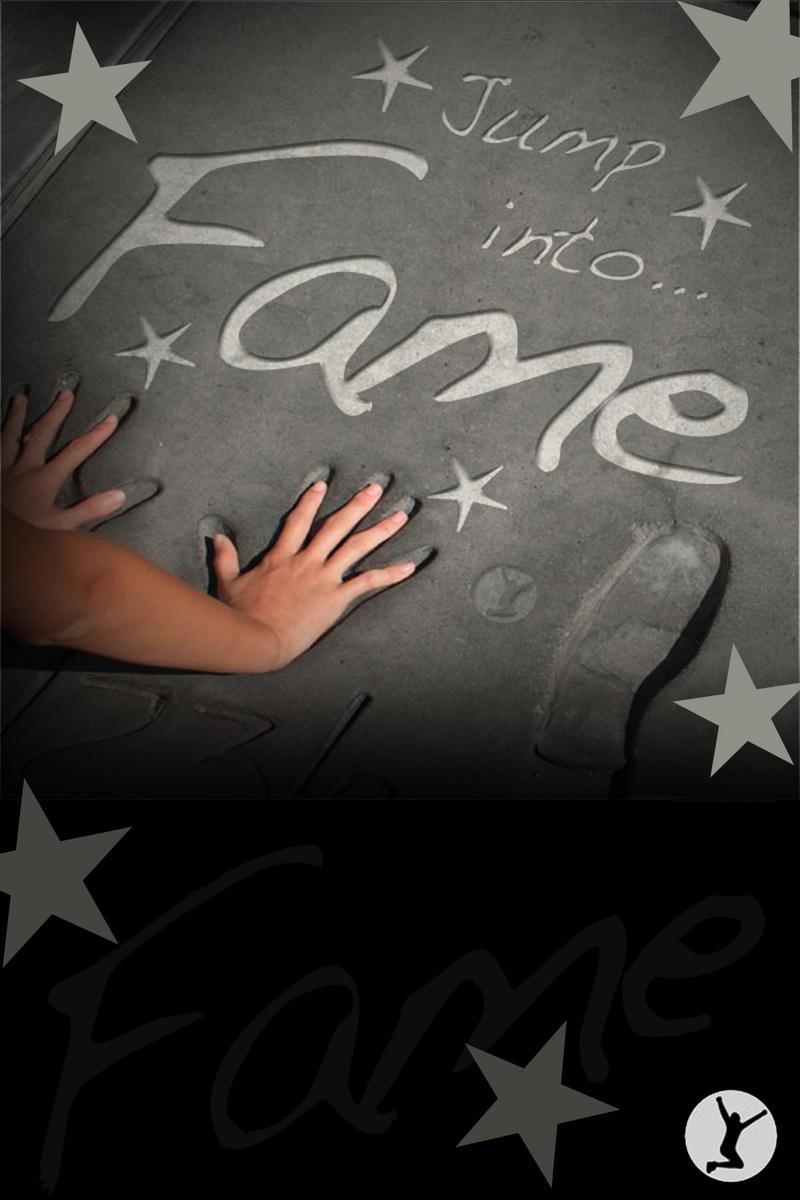
Jump Into Fame
¥73.48
The ultimate guide for breaking into the music industry. You've heard the songs, you went to the gigs, you bought the t-shirts and you read the biographies, but now it's your turn, right? The music industry is seen by many as a direct path to the ultimate party lifestyle of the rich and famous. But there is more to being a successful recording artist than just standing up in front of a crowd and singing, or spending your cash in the glamorous nightspots of London, New York and LA. As an industry that employs thousands of people in producing, marketing, publishing, and promoting musicians, there's a lot of hard work that goes into making recording artists a success. Take a look inside the world of the music business, see how it works and plot YOUR PATH TO FAME! Break down the barriers by knowing how the business works. Knowledge is power and 'Jump into Fame' will help you prepare. In each of these titles you will find advice on the key aspects of the music industry from an artist's perspective, including song writing, rehearsing and choreography to copyright, royalties and merchandising. This eBook covers a series of topics you will need to understand and address within the music industry. Save yourself a lot of time by preparing professionally and with a clear understanding of what's involved. Learn what to expect from others and also, importantly, what the music industry expects from you. Beyond the traditional image of sex, drugs and rock n' roll there is a whole industry generating tens of billions of dollars worldwide, so what does it take to become a part of it? Read advice from professional musicians and choreographers, and get to grips with the basics of the business side of the music industry. Learn about the mysterious rules of music copyright and find out where exactly your riches will come flooding in from with our section on royalties. Get yourself noticed by making your own music video, and protect your assets by retaining ownership of your material, seeking advice from the Musician's Union on the way. Learn how to put together the professional support team you will need. Many of the decisions you make now will be crucial to your chances of success in the future. With so many pitfalls you need to be aware of how the industry works, what to look out for and how to make yourself stand out from the crowd. If you're serious about making a career from your talent, then jump in and take the first step on the road to fame!

Draw Across the Curriculum
¥147.05
Draw Across the Curriculum is a collection of 50 photocopiable art worksheets, designed to provide a handy cross-curricular drawing resource for the busy primary classroom teacher. Perfect for getting pupils to put pencil to paper, this collection of artsheets is brimming with humorous designs to copy and patterns to make.

Life as a Chelsea Headhunter
¥88.19
Optical illusions are the stuff of magic - harmless entertainment conjured up to both enthral and amaze, aren't they? Well, maybe not, as it's not quite so amusing if the 'stunt' takes the form of an episode of the BBC's 'groundbreaking' documentary series MacIntyre Undercover on organised football hooliganism, the wizardry is conducted by unscrupulous investigative journalists posing as big-time drug dealers, and as a result the unwitting participant in the trick, avid Chelsea supporter Jason Marriner, is charged with conspiracy to commit violent disorder and affray, together with his friend Andy Frain, and Jason ends up with a six-year jail sentence for a crime he didn't commit. This is Jason's chance to put the record straight, present the facts from his own perspective and challenge the reader, who may well have been one of the 7.4 million documentary viewers, to decide whether the programme actually revealed the 'ugly face of football violence', or indeed showed him plotting or committing any violence whatsoever, or whether the original 344 hours' worth of footage, secretly filmed over a period of 18 months, were distorted beyond recognition by cutting, editing and stitching together clips from the original sequences to achieve the programme's aim at any cost. Jason would be the first to admit that in the past he had been a 'nuisance' on the terraces, but this was the late 1990s and, with a wife, children and his own business, he had done a lot of growing up and moving on. Fortunately, he had also developed the strength of character needed to survive in prison with humour, dignity and determination, and he shares his insights of life behind bars as he tried to work with the system, despite the knock-backs, in order to make it work for him in return. 'Good will always follow bad' is Jason's admirable philosophy about his experiences, but this shocking real-life story serves as a warning to all: this could so easily happen to you.




 购物车
购物车 个人中心
个人中心



